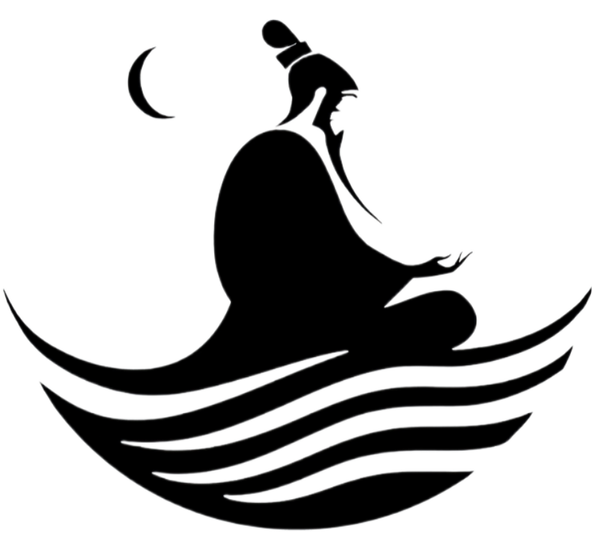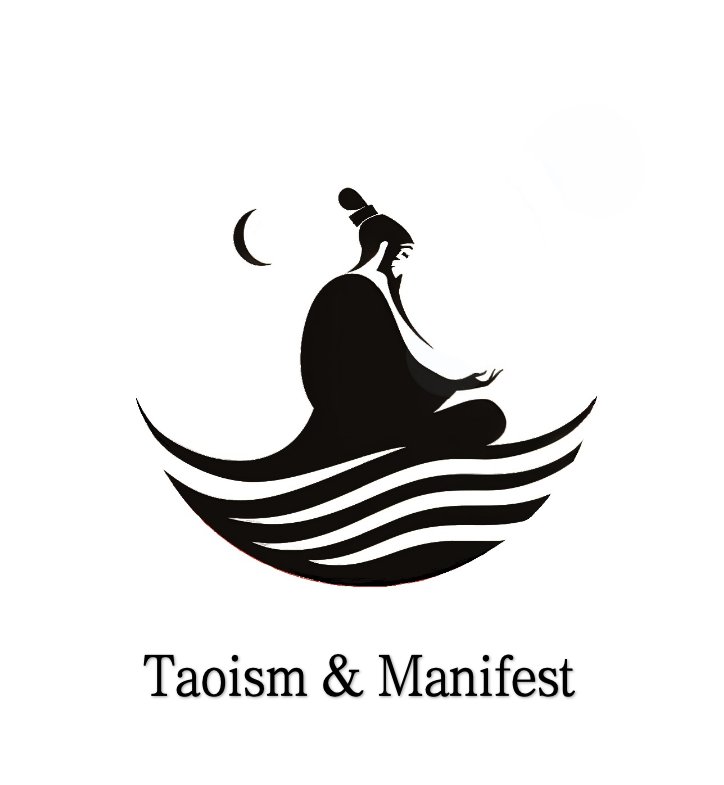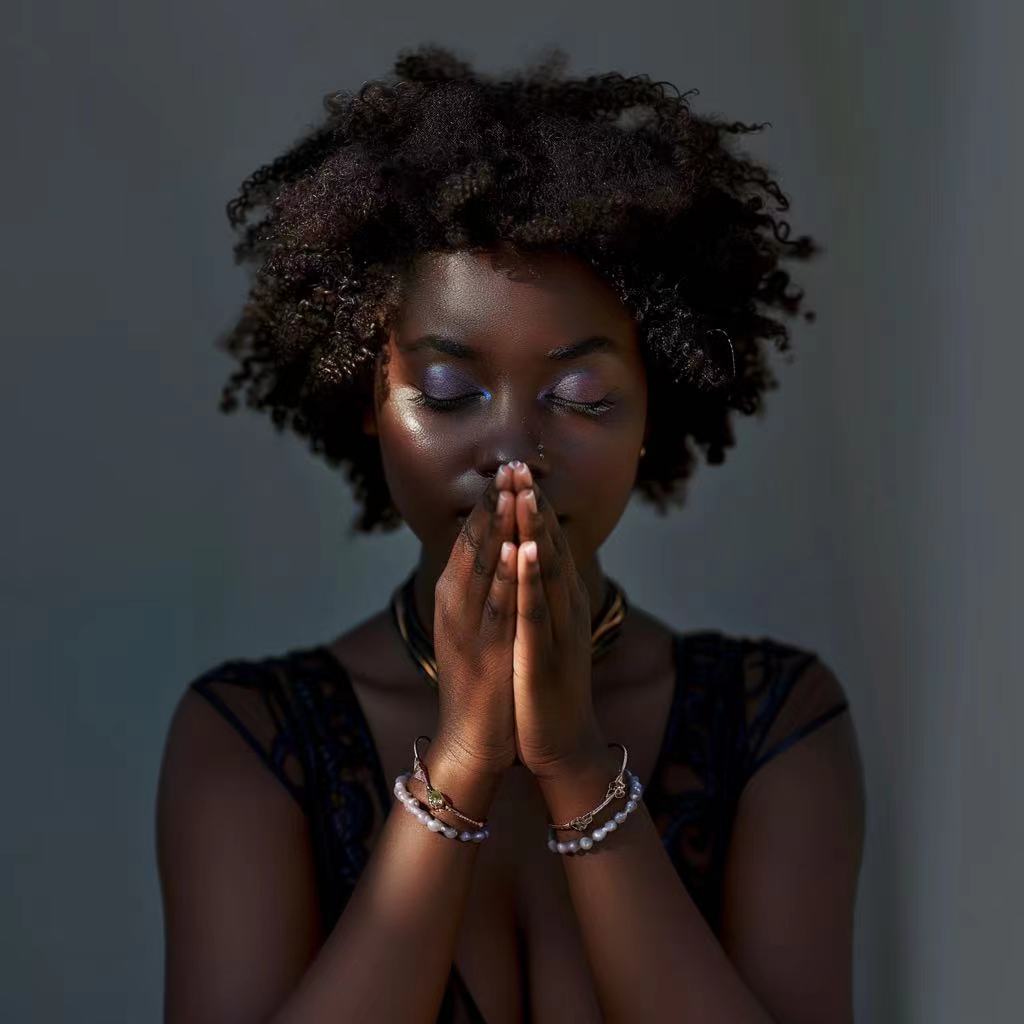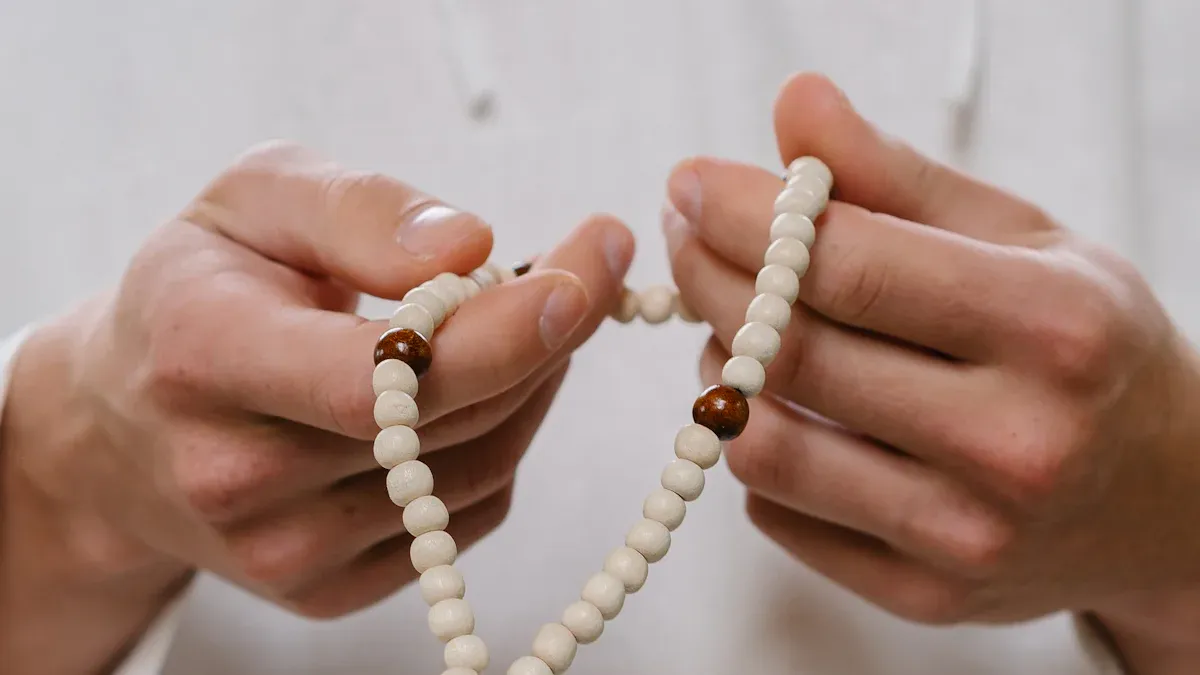
Prayer beads are important in many religions. People use them to count prayers or chants. They also help with mantras. The table below shows how each religion uses prayer beads:
Faith |
Purpose of Prayer Beads |
|---|---|
Islam |
Counting recitations, focusing on Allah's attributes |
Christianity |
Reflecting on the life of Jesus |
Buddhism |
Chanting, meditation |
Hinduism |
Meditation, spiritual practices |
African Traditions |
Ancestral communication, storytelling |
Prayer beads have been used for a long time. You can find them in meditation and wellness routines. They help people focus and connect with their faith.
Key Takeaways
Many religions use prayer beads to count prayers. They also help people focus during spiritual times.
Each religion has its own kind of prayer beads. For example, Christians use the rosary. Buddhists use malas. Each type has its own special use.
Prayer beads can help lower stress. They can help you pay better attention. They can also help you feel closer to your faith.
Anyone can use prayer beads. It does not matter what religion you are. This makes them easy for anyone to use for meditation or thinking.
Picking the right material for your prayer beads is important. It can make your spiritual time feel better and more personal.
Prayer Beads: Uses in Various Religions
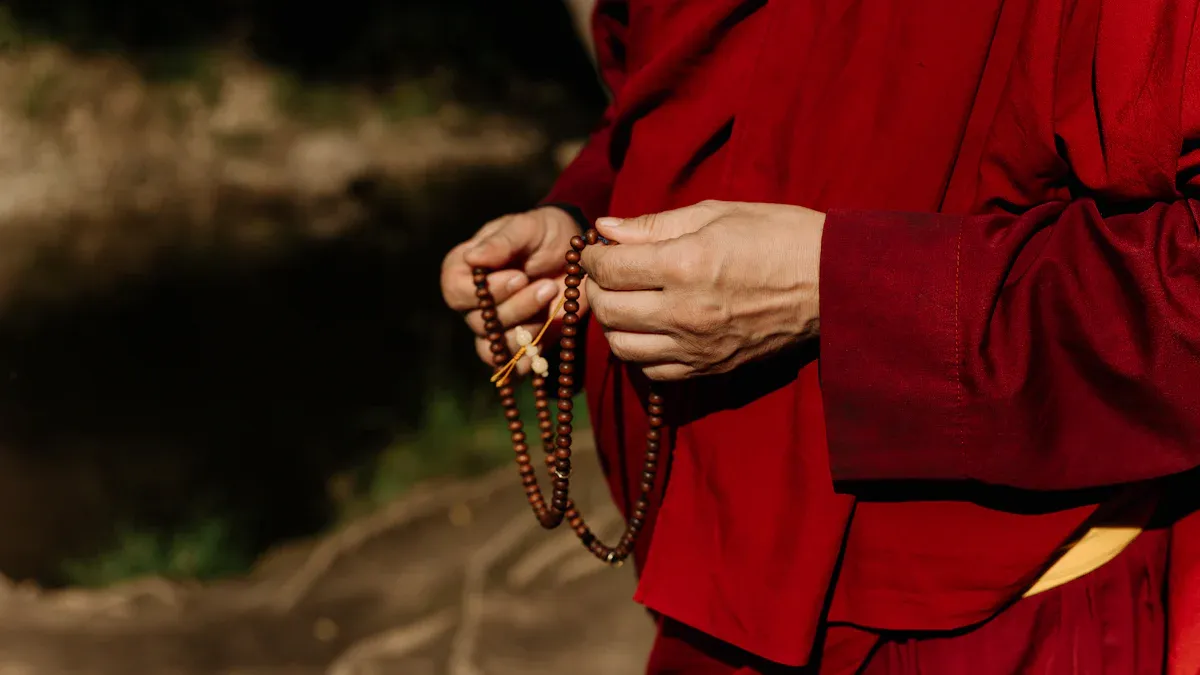
Christianity
Prayer beads have been used by Christians for a long time. Early Christians counted prayers with pebbles or ropes with knots. Later, these tools became more organized. The Catholic Rosary has 59 beads. Each bead helps you say a special prayer. Anglican Christians use a rosary with 33 beads. Eastern Orthodox Christians use a prayer rope with knots. These beads help you remember the life of Jesus. They also help you stay focused and devoted.
Tradition |
Prayer Beads Type |
Description |
|---|---|---|
Eastern Christianity |
Prayer Rope |
Used for repeating prayers like the Jesus Prayer. The rope has knots for counting. |
Catholicism |
Rosary |
Has 59 beads for different prayers. People use it every day. |
Anglicanism |
Anglican Rosary |
Mixes Marian Rosary and Jesus Prayer Rope. It lets you pray in many ways. |
The number of beads often means something important. It can stand for Christian ideas like the Trinity. You use these beads to help your mind and heart during prayer.
Islam
Muslims call their prayer beads misbaha or tasbih. They use them to count prayers during dhikr. Dhikr means remembering Allah. Most misbaha have 99 beads. Each bead stands for one Name of Allah. Some sets have 33 beads. You repeat the prayers three times to reach 99. You might say "Subhan Allah" 33 times. You say "Alhamdulillah" 33 times. You say "Allahu Akbar" 33 times. Prayer beads help you keep track and stay focused.
Type of Beads |
Number of Beads |
|---|---|
Common Type |
99 or 33 |
Moving from bead to bead helps you pay attention. It brings peace and helps you remember God.
Buddhism
Buddhist prayer beads are called malas. They are important for meditation and chanting. A mala usually has 108 beads. This number is special. It stands for 108 things to overcome or 108 good qualities to build. You start at the bead next to the guru bead. You hold it between your thumb and finger. You say a mantra for each bead. When you reach the guru bead again, you finish one round.
Tip: The guru bead is the start and end. Do not cross it. If you want to keep going, turn around.
Moving through the beads helps you focus. It helps you feel more devoted. Buddhist prayer beads help you find peace and wisdom.
Hinduism
Hindus use japa mala beads for mantras and prayers. A mala has 108 beads and a bigger guru bead. The number 108 is very important. It means spiritual wholeness. You keep your mala clean and treat it with care. You might touch the guru bead to your forehead before starting. You say your mantra for each bead. You move through the beads in a steady way. Many Hindus do japa meditation in the morning. They face east or north.
Material |
Symbolism |
|---|---|
Wood |
Stands for being grounded and stable. |
Seeds and Nuts |
Means growth and new life. |
Gemstones |
Have special powers and energies. |
Bone and Ivory |
Show that life and death are part of a cycle. |
Metal |
Stands for strength and protection. |
Glass and Ceramic |
Show spiritual symbols and designs. |
Hindu prayer beads come in many types. Each material has its own meaning. Using the beads helps you focus and feel close to the divine.
Other Traditions
Prayer beads are used in many other religions. Some Sikhs use a mala for prayers like "Ik Onkar." In African traditions, prayer beads help with talking to ancestors or telling stories. Orthodox Christians use a prayer rope called Komboskini for the Jesus Prayer. Each religion uses prayer beads in its own way.
Tradition |
Description |
|---|---|
Buddhism |
Uses malas with 108 beads to overcome problems or bad thoughts. |
Islam |
Uses tasbih for saying the 99 names of Allah and other prayers. |
Christianity |
Uses rosary beads for prayers like the 'Hail Mary.' |
Hinduism |
Uses malas for prayers or mantras, usually with 108 beads. |
Sikhism |
Some Sikhs use a mala for prayers like 'Ik Onkar.' |
Orthodox Christianity |
Uses prayer ropes (Komboskini) for the Jesus Prayer, with different numbers of knots. |
Similarities and Differences
Prayer beads help people count prayers in every faith. They help you stay focused and show devotion. The number of beads and materials are different in each religion. Buddhist and Hindu malas have 108 beads. Islamic misbaha have 99 or 33 beads. Christian rosaries have their own style. Even with these differences, the main goal is the same. Prayer beads help you grow spiritually and feel more devoted.
Note: In Western religions, prayer beads guide you through set prayers. In Eastern religions, they help you connect with the divine through devotion and meditation.
Prayer beads bring different religions together. They are a simple tool for spiritual growth. You can use them to find peace, focus, and devotion, no matter your faith.
How Prayer Beads Work
Counting Prayers and Mantras
You can use prayer beads to count prayers or mantras. This practice helps you stay focused and organized. Here is a simple way to use prayer beads for counting:
Hold your mala in your right hand. Use your thumb and middle or ring finger.
Start with the bead closest to the guru bead. Choose your mantra or prayer.
Move to the next bead after each recitation. Say your mantra for each bead.
Continue around the mala, one bead at a time. Fill each bead with your full attention.
Do not cross over the guru bead. If you finish a circuit, turn your hand and go back the other way.
Decide how many rounds you want to complete. You can choose based on your mantra or prayer.
If you are new, use one mantra for at least 40 days. Keep a notebook to write your thoughts and progress.
Prayer beads make it easy to keep track of your prayers. You can use them every day to build a routine. (For more on incorporating such practices into daily routines, see How to Incorporate Prayer Beads into Your Daily Routine.)
Meditation and Focus
Prayer beads help you calm your mind and improve your focus. When you move from bead to bead, you create a rhythm that helps you relax.
John Kieschnick, a professor in Buddhist studies, says that prayer beads are a mechanical device for counting prayers and that their tactile quality can calm the psyche and concentrate the mind.
You can use prayer beads for meditation and spiritual reflection. Many people find that the gentle movement and repetition bring peace. Here are some ways prayer beads help you:
The rhythmic movement can help you relax and lower stress.
Using prayer beads regularly may reduce blood pressure and improve sleep.
Counting beads and saying prayers can quiet your mind and ease anxiety.
Prayer beads offer a way to connect with your inner self.
They help you feel closer to the divine and more aware of the world around you.
Prayer beads are simple tools, but they can make a big difference in your spiritual practice. You can use them to find inner peace and build a deeper connection with your faith. (For additional insights on using Taoist principles for relaxation and mindfulness, read Taoism Helps You Slow Down and Enjoy City Life.)
Symbolism & Materials
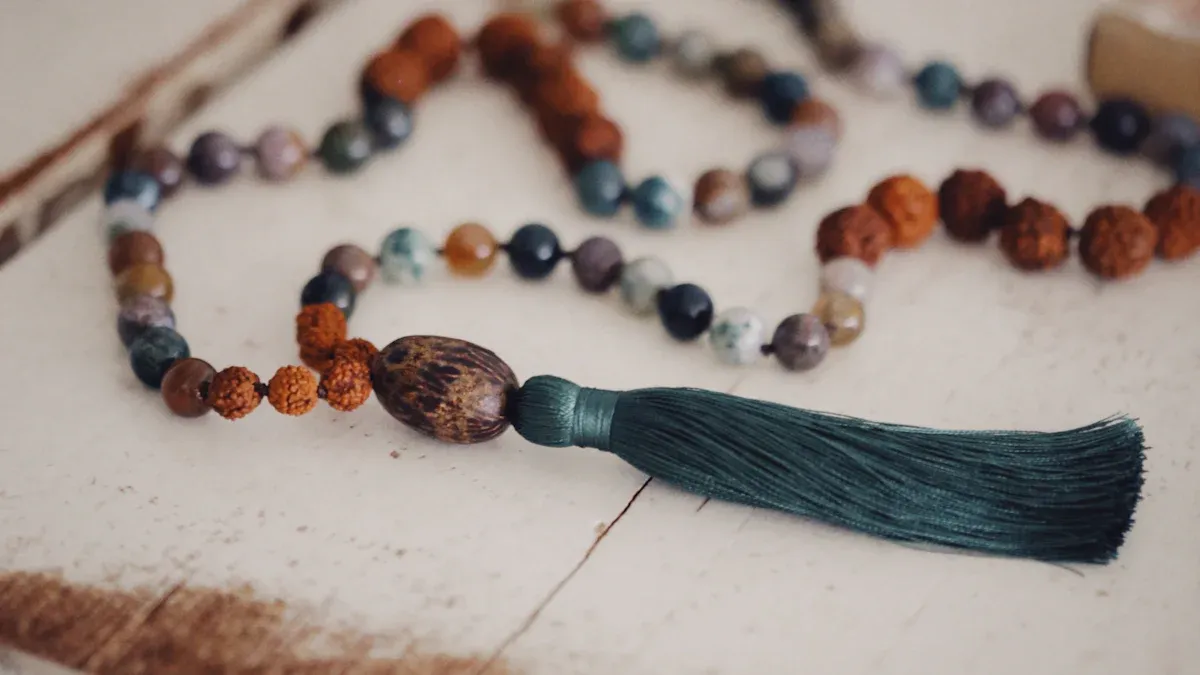
Spiritual Meaning
Prayer beads mean a lot in many religions. When you use prayer beads, you hold something special. They help you focus and think about your beliefs. Each bead can remind you of your spiritual path. In Christianity, prayer bracelets help you remember your faith. They also show the power of prayer. In Islam, prayer beads help you with Dhikr. They teach you to be mindful and disciplined. Many people see prayer beads as signs of meditation and devotion.
Here is a table that shows what prayer beads mean in different religions:
Faith/Tradition |
Symbolic Meaning |
Description |
|---|---|---|
General Spirituality |
Meditation and Devotion |
Prayer beads help you focus and connect with your faith. |
Islamic Faith |
Mindfulness and Discipline |
You use prayer beads for Dhikr, balancing devotion and personal spirituality. |
Christian Faith |
Reminder of Faith |
Prayer bracelets remind you of your faith and spiritual journey. |
Prayer beads often become family treasures. People give them to others to share faith and thanks. In many cultures, prayer beads show the need for peace and spiritual growth. You can see their importance in many ceremonies and rituals.
Tip: Using prayer beads means you join a tradition that values focus, peace, and devotion. (To explore the historical and cultural background of prayer beads in Taoist practices, check out The Secret History Behind Taoist Prayer Beads.)
Common Materials
Prayer beads are made from many materials and shapes. The material you pick can make your practice more meaningful. Here is a table that lists common materials and what they mean:
Material |
Spiritual Significance |
|---|---|
Wood |
Stands for grounding, stability, and nature. |
Seeds and Nuts |
Symbolize growth, renewal, and the cycle of life. |
Gemstones |
Each stone has special qualities and energies. |
Bone and Ivory |
Show impermanence and the cycle of life and death. |
Metal |
Linked to strength, protection, and the divine. |
Glass and Ceramic |
Decorated with spiritual symbols and designs. |
Bodhi Tree Wood |
Revered in Buddhism for its link to enlightenment. |
Different religions use different materials for prayer beads. Hindus often use Rudraksha seeds or Tulsi beads. Buddhists use wood, shell, amber, or stones. Muslims may use wood, bone, ivory, or gemstones like agate and lapis lazuli. Christians often use fancy beads for rosaries. The material you choose can show your values and beliefs.
Note: The material you pick can show your love for nature, your wish for protection, or your hope for spiritual growth. (For more on how different materials influence spiritual practices, see Eco-Friendly Prayer Beads: Sustainable Materials and Practices.)
Who Can Use Prayer Beads
Accessibility
Anyone can use prayer beads. Your background or beliefs do not matter. Most big religions welcome people who want to use prayer beads. You do not have to follow a certain faith. There are no strict rules that stop you from using them. Prayer beads can help anyone feel calm.
People from many cultures use prayer beads for prayer and meditation.
Islamic prayer beads, called tasbih, have 99 beads for God’s names, but anyone can try them.
Today, more groups say prayer beads are for everyone.
Prayer beads are now popular in spiritual and wellness routines. Interfaith events, like the Assisi prayer event, show people from different backgrounds can pray together. They respect each tradition. Anglican and Episcopalian practices started using beads more since the 1980s. This shows prayer beads are accepted in modern worship.
Tradition |
Accessibility Feature |
|---|---|
Orthodox Rosaries |
You can use beads anywhere. Prayer becomes easy and portable. |
Anglican/Episcopalian |
Beads are common in meditation and prayer. Anyone can use them for spiritual focus. |
Tip: You do not need special training to use prayer beads. You can start anytime. Make them part of your daily routine.
Benefits
Prayer beads give you spiritual and practical benefits. Many people say prayer beads help them feel calm. Moving through each bead helps you focus. It brings peace to your mind.
Prayer beads help you focus during prayer or meditation.
You can use them to be quiet, even on busy days.
They remind you of your spiritual goals. They keep you connected to your faith.
Touching beads helps you concentrate. Your sense of touch guides your thoughts.
Studies show people who use prayer beads feel happier and less stressed. In Catholic countries, using a rosary can improve well-being. It may help you feel more empathy and less depression. Many users say prayer beads protect them from negative feelings. They help people cope during hard times.
You may notice more calmness and mindfulness in your life.
Prayer beads can help you feel God’s presence. They help you connect with your inner self.
They remind you to focus on your spiritual journey every day.
Note: You can use prayer beads for reflection, prayer, or meditation. They offer a simple way to bring peace and focus into your life.
You can see prayer beads in many religions. Each faith has its own name and way to use them:
Religion/Tradition |
Name of Prayer Beads |
Key Practice |
|---|---|---|
Islam |
Tasbih |
Dhikr and unity with God |
Christianity |
Rosary |
Meditation and connection to God |
Buddhism |
Malas |
Chanting and spiritual growth |
Hinduism |
Malas |
Mantra repetition and devotion |
Using prayer beads can help you pay attention and feel calm. They also help you connect with your beliefs. Treat prayer beads gently and with respect. This will help you grow on your spiritual path.
FAQ
What are prayer beads used for?
You use prayer beads to count prayers, mantras, or chants. They help you focus during meditation. Many people use them to feel calm and connect with their faith.
Can anyone use prayer beads?
You can use prayer beads no matter your religion or background. Many people use them for meditation or stress relief. You do not need special training.
How do you choose the right prayer beads?
You can pick beads made from wood, seeds, gemstones, or metal. Choose what feels comfortable in your hand. Some people select beads based on spiritual meaning or tradition.
Tip: Try different materials to see which one helps you focus best.
Do prayer beads have to follow a set pattern?
You do not have to follow a strict pattern. Some religions have set numbers of beads, but you can use any style that fits your practice. The most important thing is your intention.
Religion |
Common Bead Count |
|---|---|
Buddhism |
108 |
Islam |
99 or 33 |
Christianity |
59 or 33 |
Hinduism |
108 |
See Also
How to Incorporate Prayer Beads into Your Daily Routine
